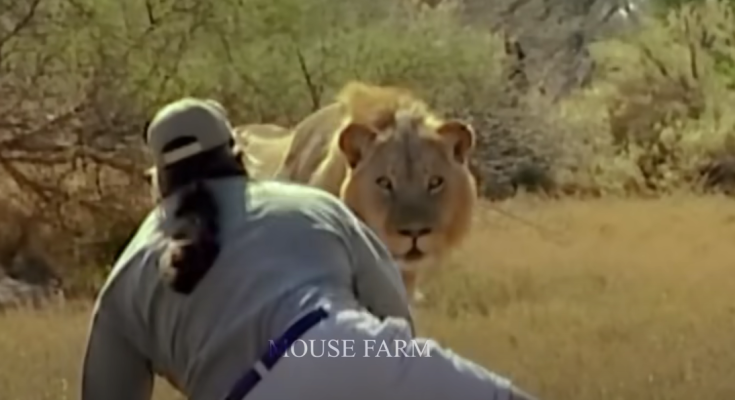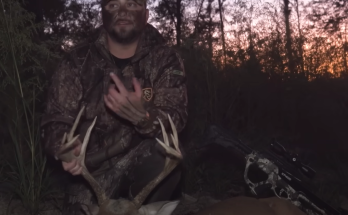delicate balance between humans and wildlife in Africa, focusing on lions, antelopes, and baboons, and the challenges African farmers and hunters face. It highlights the coexistence of survival, cultural heritage, and conservation in addressing these conflicts.
In 2017, lion attacks on urban areas in Kenya, Tanzania, and South Africa shocked communities as these predators targeted livestock and humans. The Masai’s traditional lion-hunting techniques became critical in managing this conflict. For the Masai, lion hunting is a symbolic ritual of courage and maturity, where young men armed only with spears face the “king of beasts.” In modern hunting practices, regions like Limpopo Province and Tanzania’s Selous Game Reserve require permits and emphasize teamwork and advanced equipment like Blazer rifles to ensure safety.
Antelope populations in Botswana are rapidly increasing due to high breeding rates, but rising temperatures and vegetation loss threaten their survival. Controlled hunting programs are essential to stabilizing populations and preserving ecological balance. Hunting antelopes also carries cultural significance, as their horns symbolize strength and fortune in African heritage. Hunters in Botswana and South Africa rely on skill, preparation, and endurance to track these animals in challenging terrains.
Baboons, as omnivores, often raid human settlements, causing conflicts. The “tent method,” developed in the 1920s, uses neutral-colored tents and bait to attract and hunt baboons while avoiding detection. Hunting expeditions targeting baboons often take place in remote, rugged areas, requiring precision shooting and careful planning.
The video underscores the cultural and ecological importance of hunting in Africa. Lion and antelope hunting symbolize courage, tradition, and a connection to the land, while also funding conservation efforts to protect ecosystems. Success depends on respecting nature, avoiding pollution, and maintaining a balance between wildlife and human needs.
In conclusion, the video invites viewers to share thoughts on hunting methods and conservation solutions, emphasizing the role of teamwork, preparation, and cultural preservation in these practices. It also highlights the need for ongoing dialogue about managing Africa’s wildlife-human conflicts sustainably.



